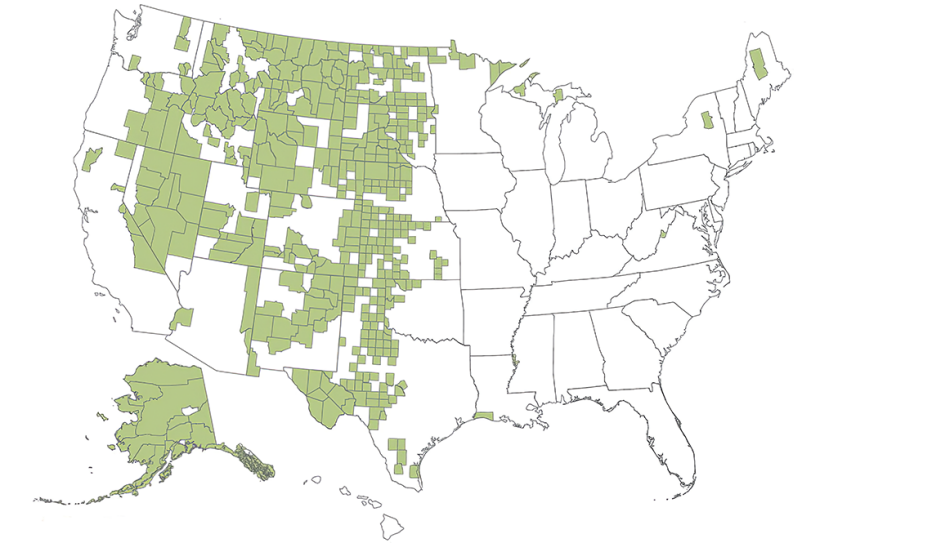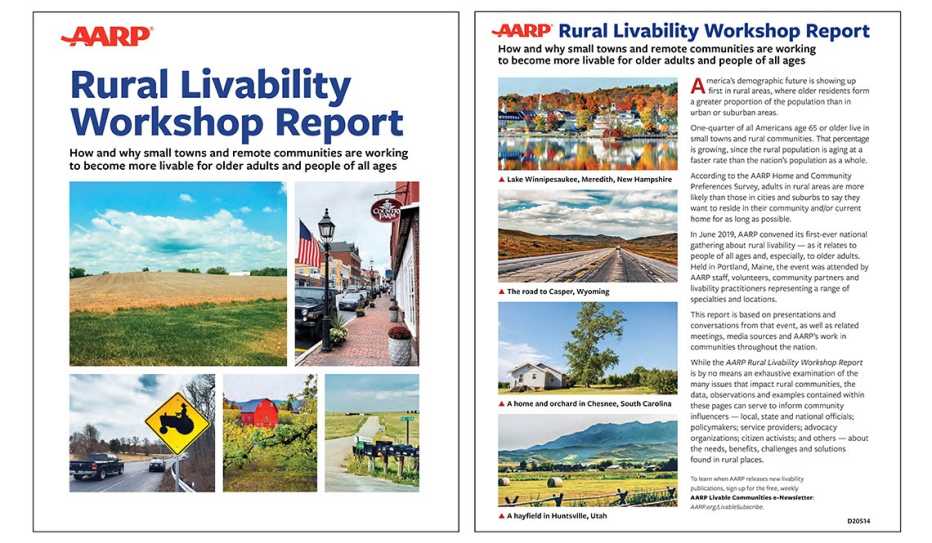AARP Hearing Center


“Rural is typically defined ... as ‘non-metropolitan’ or ‘non-urban.’ This doesn’t tell us much. Perhaps due to this lack of precision and our nation’s agrarian roots, people still commonly equate rural with agriculture, fields of corn, cows and hardscrabble farmers. This is not only inaccurate; it is wide of the mark. From vibrant college towns to communities gone bust from the flight of paper mills or coal mines, from hopping cultural tourism locales to centers of furniture, machinery and textile manufacturing, rural America is anything but simply farmland, and it is anything but uniform.”
— The Aspen Institute Community Strategies Group, “Rural Development Hubs: Strengthening America’s Rural Innovation Infrastructure” (November 2019) Learn more
According to the National Center for Frontier Communities, “Frontier America consists of sparsely populated areas that are geographically isolated from population centers and services. Frontier, like rural, suburban, or urban, is a term intended to categorize a portion of the population continuum. Frontier refers to the most remote end of that continuum (in some states the wilderness designation is considered most remote).”
“Unfortunately, there is not a single universally-accepted definition of frontier,” notes the Rural Health Information Hub. “Definitions of frontier used for state and federal programs vary, depending on the purpose of the project being researched or funded. While frontier is often defined as counties having a population density of six or fewer people per square mile, this simple definition does not take into account other important factors that may isolate a community. Therefore, preferred definitions are more complex and address isolation by considering distance in miles and travel time in minutes to services.”
The National Rural Health Association identifies several factors to consider in classifying an area as frontier. The following conditions, explains the association, “may cause significant problems in access to health services, create poor economic opportunities and other conditions causing health and social disparities.”
- population density
- distance from a population center or specific service
- travel time to reach a population center or service
- functional association with other places
- service or market area
- availability of paved roads
- travel inhibiting weather
- seasonal changes in access to services


Learn More
- What is a Rural Community?
- 2019 AARP Rural Livability Workshop
- AARP Home and Community Preferences Survey: A Look at Rural Livability
- Focusing on Rural Livability
- Providing Rides Along Rural Roadways
- AARP.org/RuralLivability.
Article adapted from the AARP Rural Livability Workshop Report. | Page published February 2020



























































